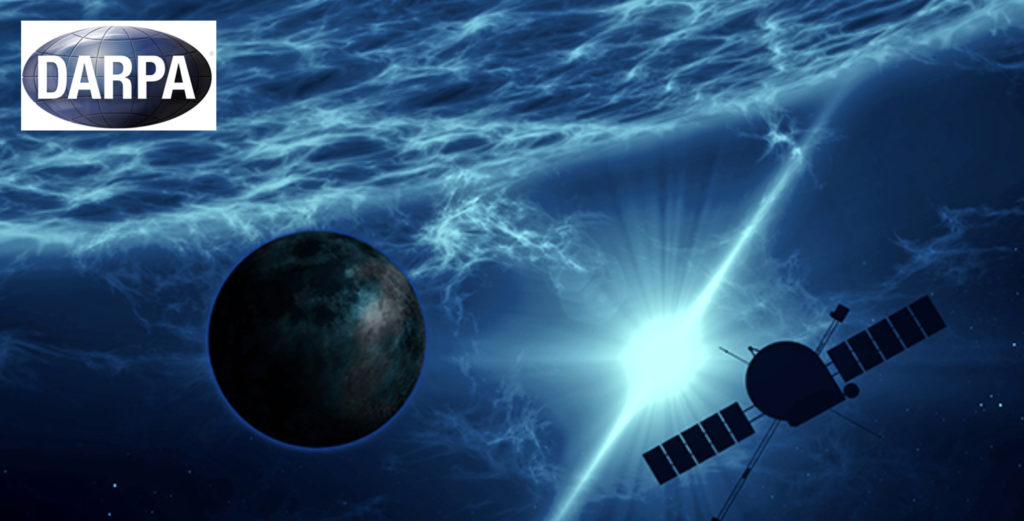
Rapidly proliferating smallsats in LEO are expanding space-based capabilities critical to both government and industry. As the subsequent, ever-increasing demand strains operational limitations of LEO satellites, DARPA’s new Space Power Conversion Electronics (SPCE) program seeks greater efficiencies in usable power in the harsh space environment.
Space-based power consumption generates heat that can only be offloaded through radiation. This type of thermal management constrains the maximum operating power a satellite can consume. Usable power is further reduced by the inefficiencies in point-of-load (POL) converters.
The main function of POL converters is to deliver power at significantly lower voltage than the high-voltage main satellite power bus for payloads. These lower-voltage applications include onboard microsystems that execute computing and other electronic functions.
Today’s space POL converters comprise radiation-hardened, high-voltage switching transistors and radiation-resistant passive and active circuit elements to survive in challenging space conditions. These components, subject to extensive development and testing processes to withstand radiation damage, trail the performance of their counterparts built for non-radiated applications, such as ground-based systems. The latter can leverage faster, more cutting-edge components, but the radiation-hardening process reduces POL power efficiency in space to as little as 60% – severely limiting a satellite’s capabilities and battery lifetime.
Improved power efficiency in the harsh, radiated space environment is necessary to meet demands for new, increasingly advanced mission capabilities as well as extended lifetimes for persistent LEO constellations.
The goal of DARPA’s SPCE program is to boost the performance of space-based POL systems through development of high-voltage, radiation-tolerant transistors and integrated circuit technologies that are low-loss, high-voltage, and radiation tolerant.
The SPCE program consists of three program phases. The 20-month first phase will target radiation-tolerant, high-performance, high-voltage transistors development, while Phase 2 focuses on low-loss integration development and Phase 3 targets high-efficiency conversion circuit demonstration.
“SPCE will exploit a combination of materials and device-engineering, integrating advanced materials of different types and composition – or heterogenous material synthesis – and novel device designs. This will help achieve radiation-tolerant power transistors for space that offer performance that is competitive with terrestrial, state-of-the-art wide bandgap semiconductor power transistors,” said Jason Woo, DARPA program manager for SPCE. “With proliferation in LEO, 60% efficiency is no longer good enough.”
According to Woo, if successful, SPCE breakthroughs could extend system lifetimes and create new mission capabilities for persistent LEO constellations operating in difficult space terrains.
More information can be found in the Broad Agency Announcement via this direct link…
